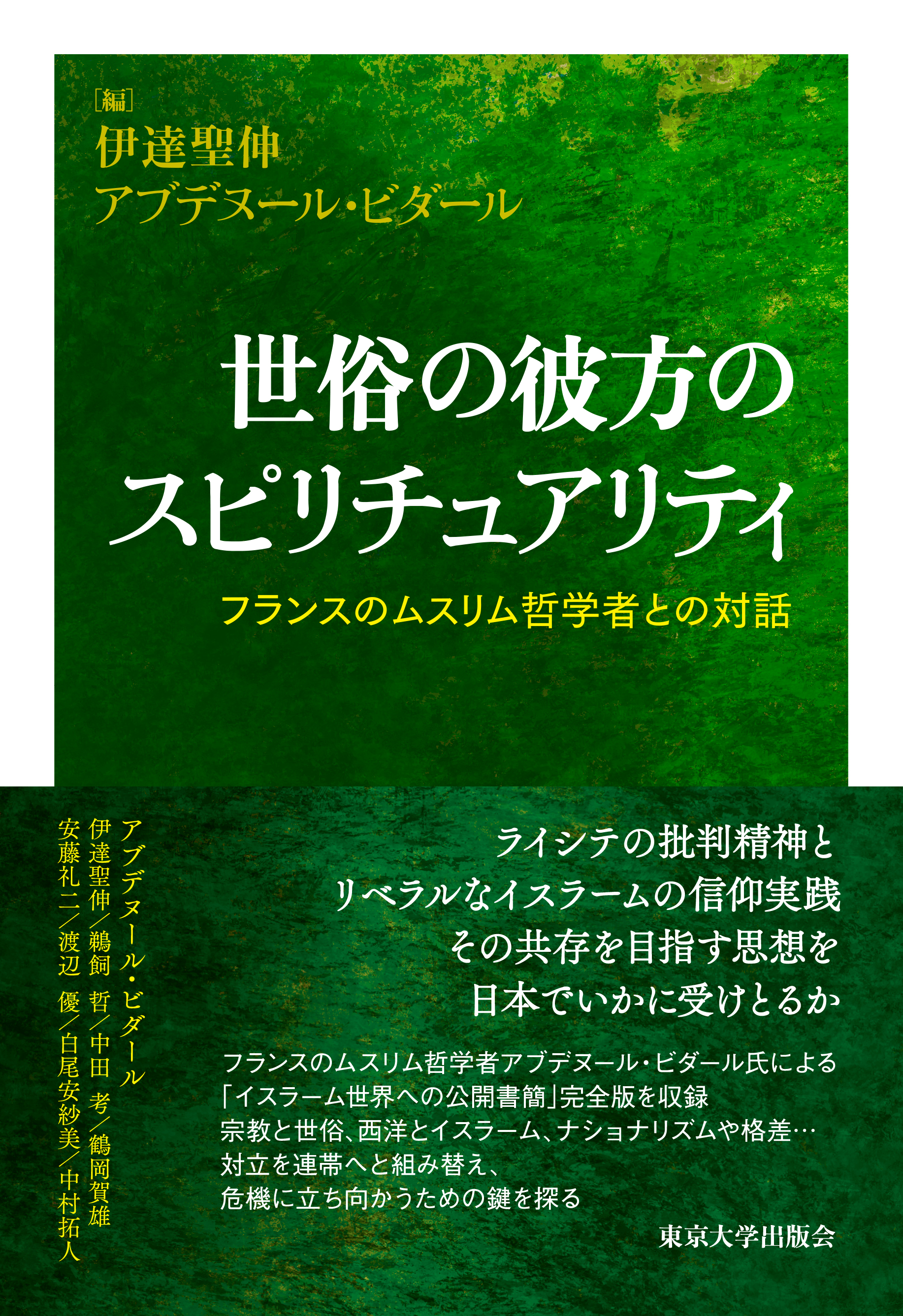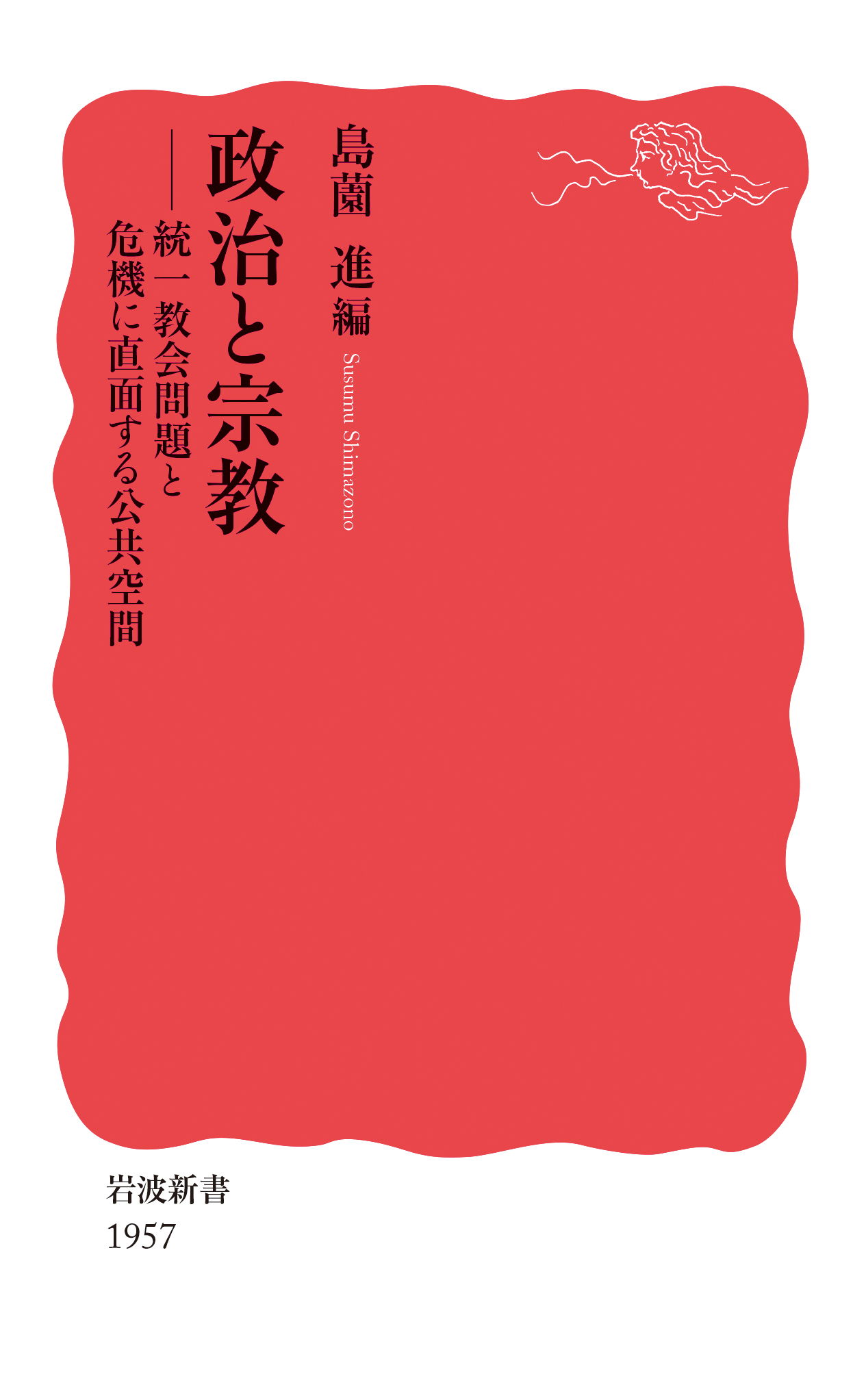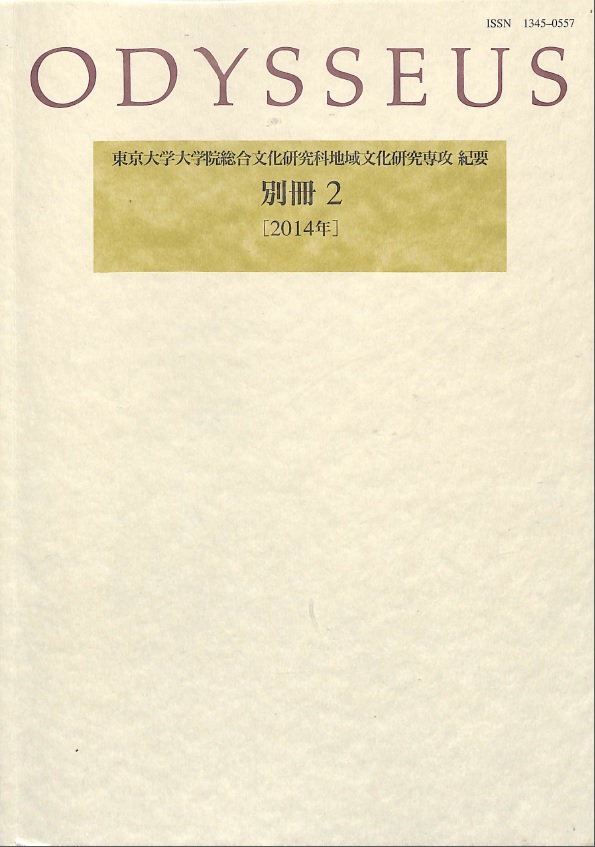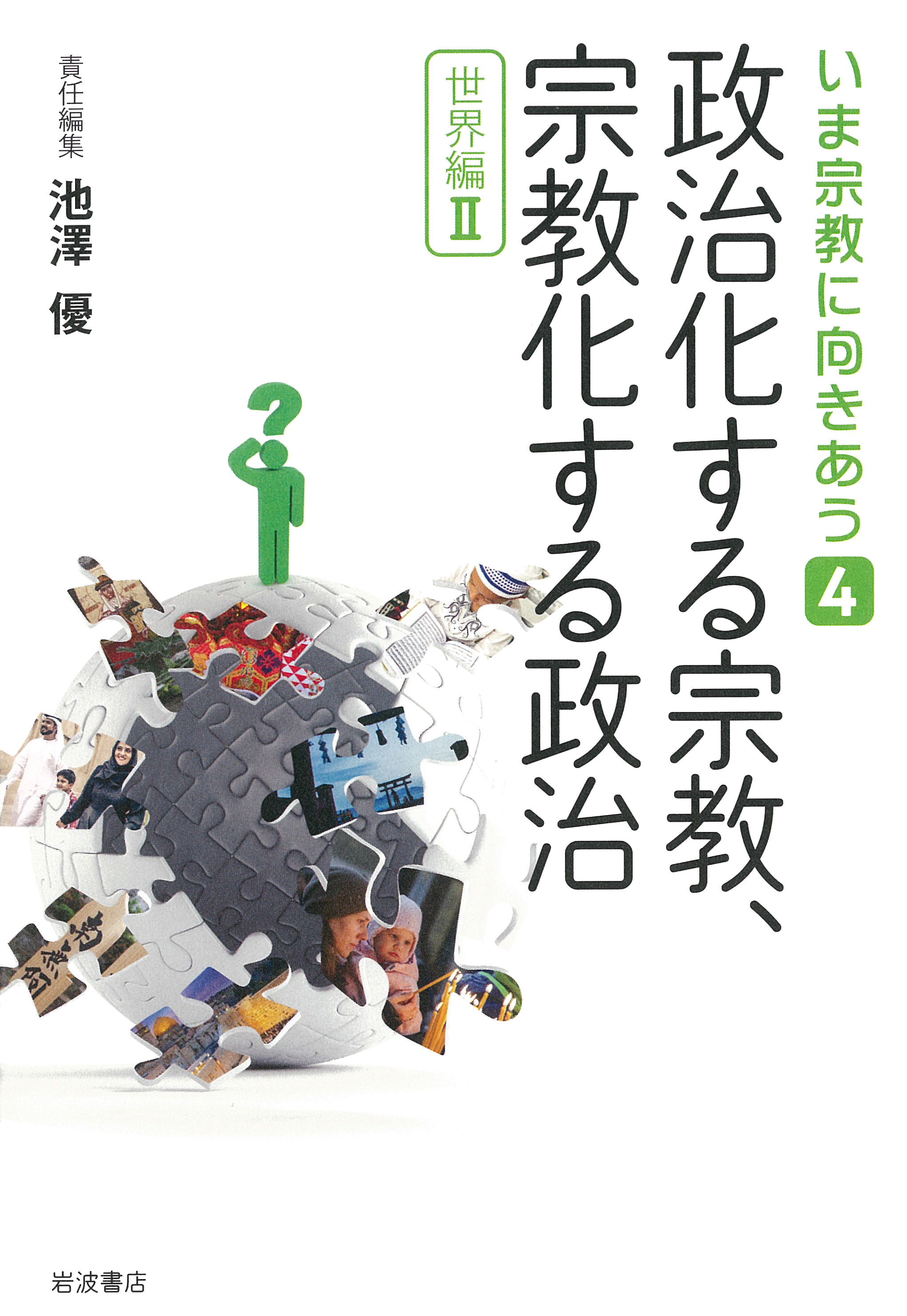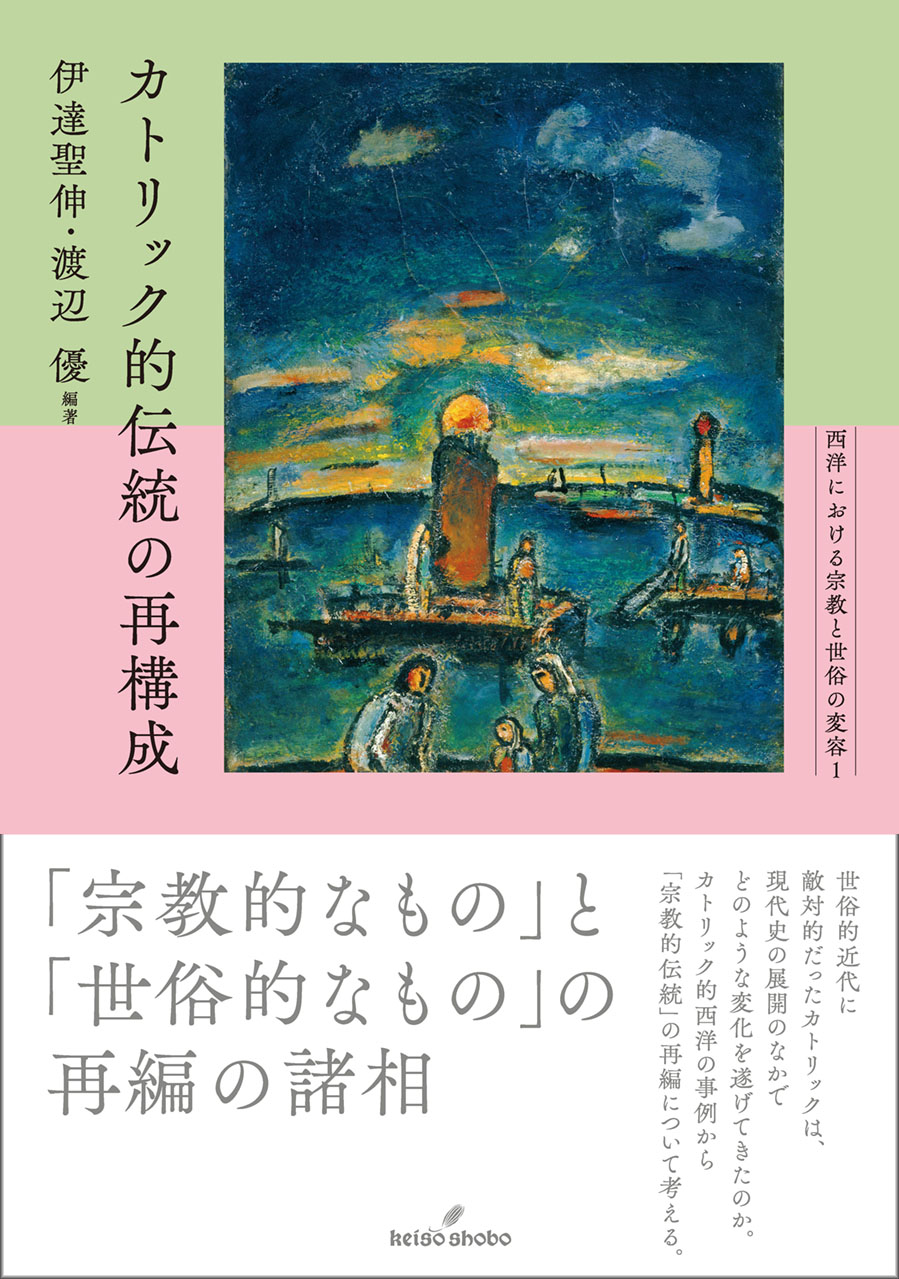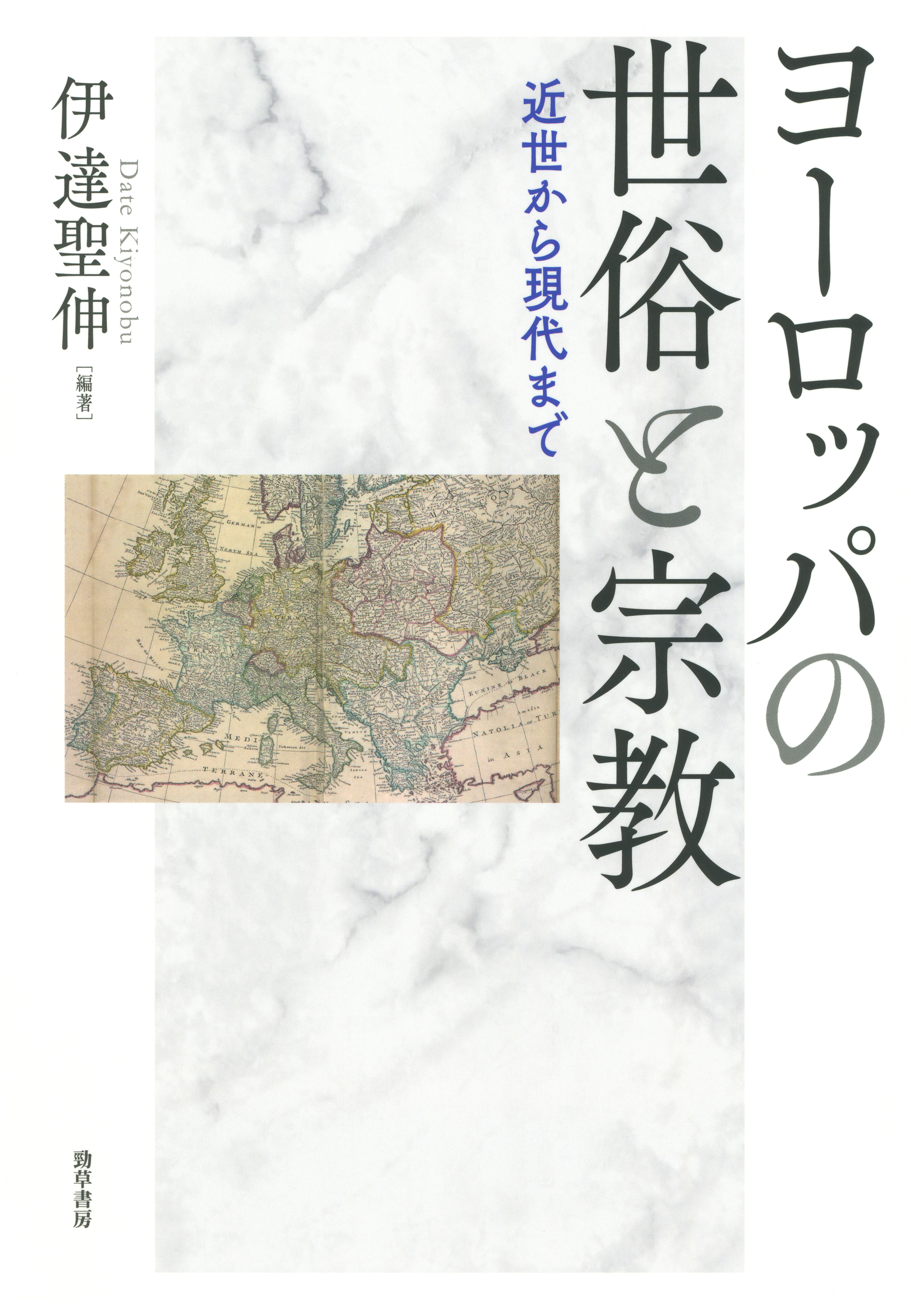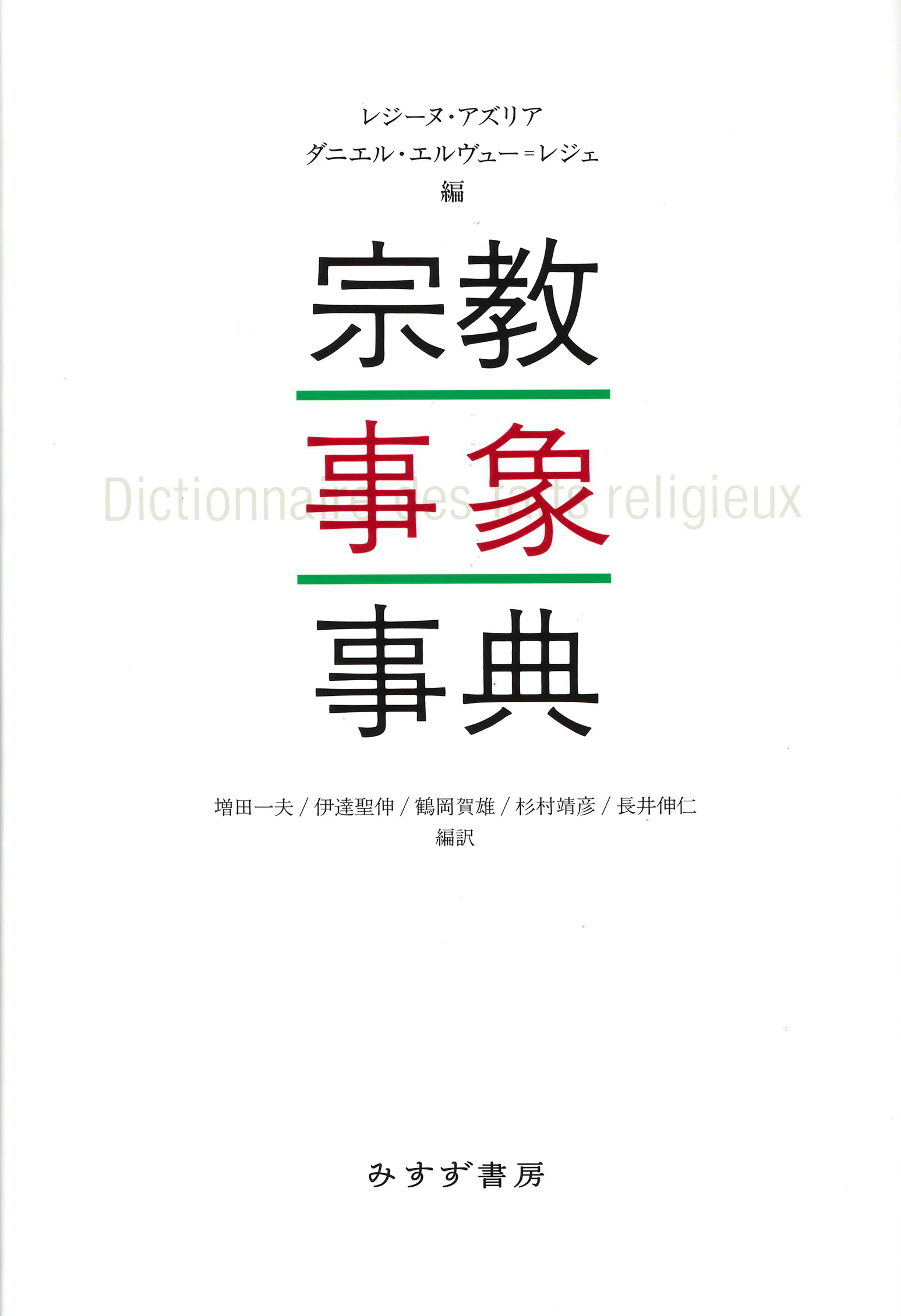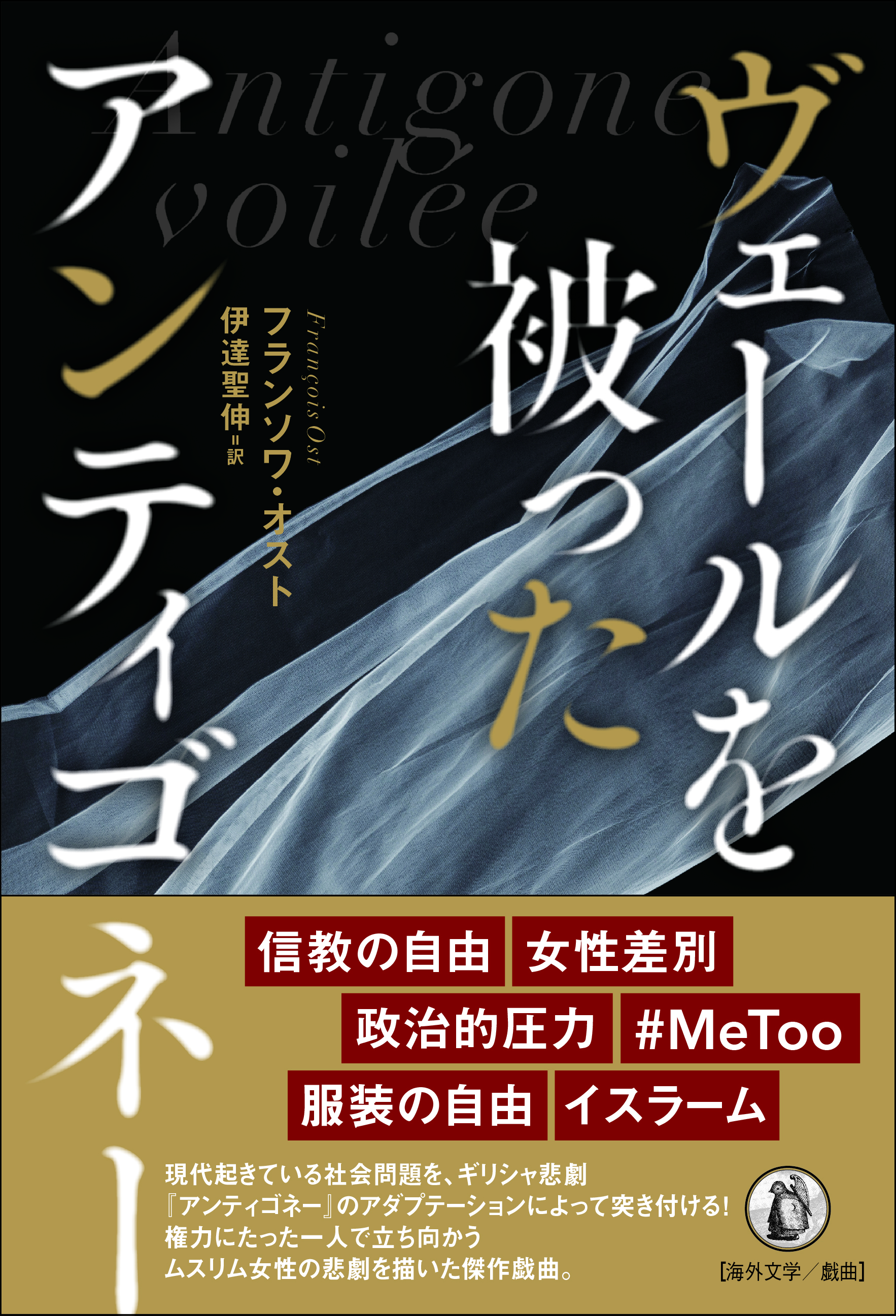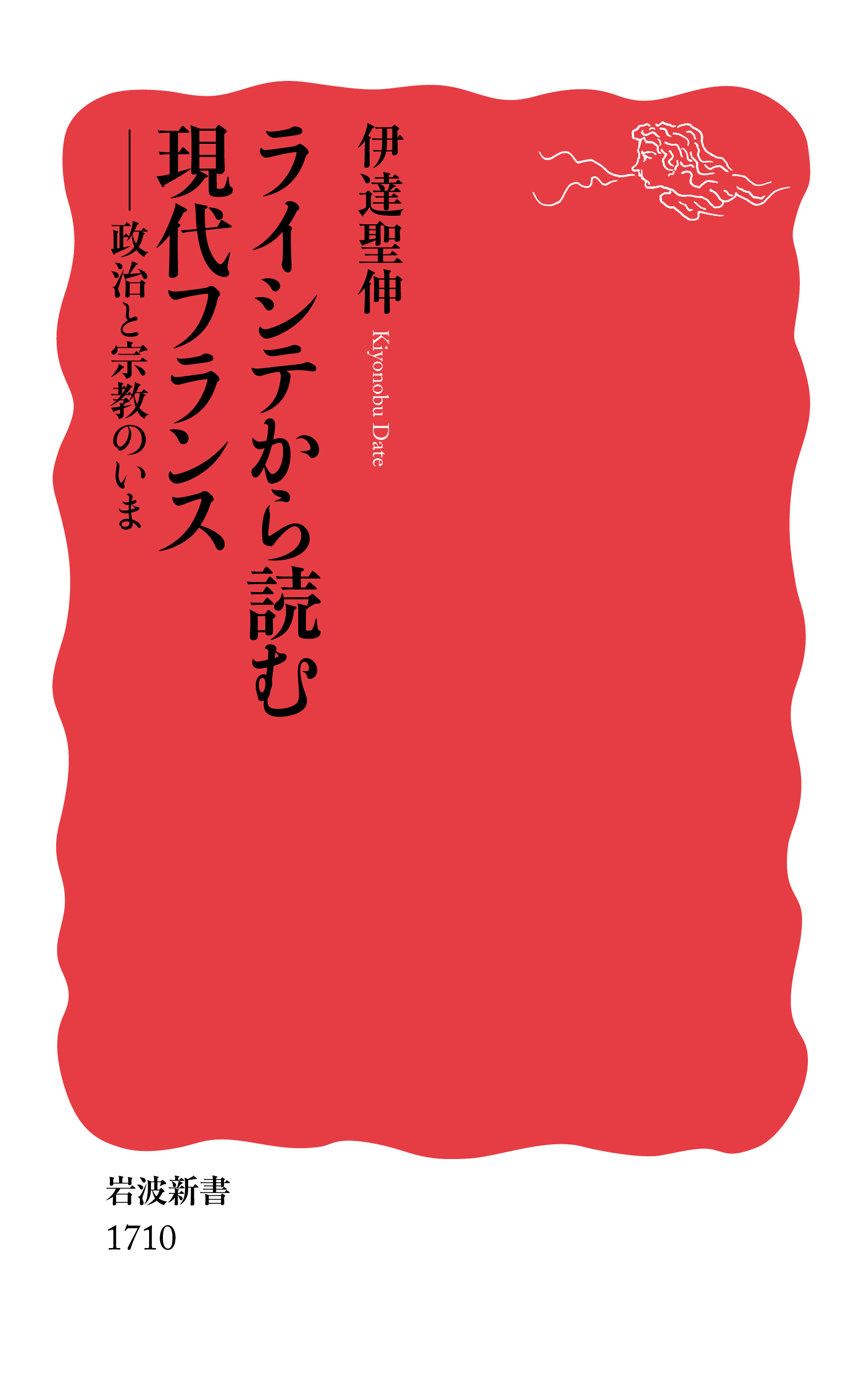
Title
Iwanami Shinsho Laïcité kara yomu gendai France (“Laïcité” as the key to understanding contemporary France - The current state of politics and religion)
Size
256 pages, Paperback Pocket Edition
Language
Japanese
Released
March 20, 2018
ISBN
9784004317104
Published by
Iwanami Shoten
Book Info
See Book Availability at Library
Japanese Page
This book actually had a previous title: “What is laïcité?” However, according to the publishers, titles with “What is ….?” are more suited for books that discuss recent and popular topics anew from the very basics. In other words, “laïcité” was judged to be a word unlikely to have been used in Japan.
Put simply, “laïcité” is the separation of church and state in France. Yet, the topic matter is not limited to a narrow treatment of the separation of church and state. Ever since the French Revolution, the word has been infused with the ideals of the republic, such that the history of “laïcité” almost coincides with the development of contemporary France. Therefore, some might think that “laïcité must be a purely French concept.” While some researchers do argue as much, I am of the opposite opinion.
There is one more issue that concerns me. Although it is true that “laïcité” is better known now than it has been in the past, it nevertheless remains my impression that those who have little knowledge of the concept are inclined to form a premature, and hasty, image of the term.
This image is one of “laïcité” being a very strict, French-style separation of church and state that completely excises religion from the public sphere, as well as a mechanism that particularly suppresses Islamic faith, as it cannot separate politics from religion. However, I would argue that, while that kind of “laïcité” certainly does exist, it is merely one aspect and does not capture the entire concept.
The previous title was “What is laïcité?,” and the subtitle was “Dislodging ‘France’s Strict Separation of Church and State’.” Indeed, in the first place, French “laïcité” has aspects that are not necessarily “strict.” Secondly, understanding the notion only as “separation of church and state” is insufficient. Finally, it is not just a “French” concept. These were the ideas the title was imbued with.
Although the title itself was rejected, awareness of the issues is reflected in the book. In the first chapter, I discuss that there is seemingly a side of “laïcité” that recognizes the public role of religion. The second chapter discusses approaches France has taken, through repeated trial and error, with regard to cohabitation with religious minorities. I have identified certain patterns from past examples, and both the positives and negatives are discussed. The third chapter deals with perspectives of “laïcité” held by Muslims who live in France. Although at present it may appear as though “laïcité” and Islam are not compatible, there are aspects of the relationship that are constructive and forward-looking.
In retrospect, I was much aware that it was important to salvage the ideals of republicanism, while being thorough in criticizing the negative aspects of the French Republic’s history. This is not just a French concept; it is one that should resonate with the issues of contemporary Japan. I would be pleased if young readers in particular read my book in this light.
(Written by DATE Kiyonobu, Associate Professor, Graduate School of Arts and Sciences / 2019)



 Find a book
Find a book


